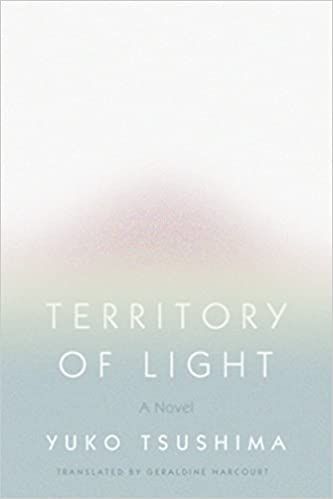A literary campaign, #translatorsonthecover, started on International Translation Day (September 30) last year. It was a demand by American translator Jennifer Croft (who shared the 2018 Man Booker International Prize with Olga Tokarczuk for her translation of Tokarczuk’s novel, Flights) and British novelist Mark Haddon to have the translator’s name alongside the author’s on book covers. The petition, which has more than 2,500 signatures till date, stated its purpose simply: “For too long, we’ve taken translators for granted. It is thanks to translators that we have access to world literatures past and present... They should be properly recognised, celebrated and rewarded for this.”

Following the worldwide call, Pan Macmillan announced in October 2021 that translators will be acknowledged on the book cover. Some responses weren’t so positive: Adam Freudenheim, publisher and managing director of Pushkin Press, went on record saying that some works are co-translated, “and including them all on the front cover could make it look messy”. Unsurprisingly, the cover of Pushkin Press’s At Night All Blood is Black (by David Diop), which won the 2021 International Booker Prize, doesn’t mention the translator, Anna Moschovakis. So while things might be looking up, translators still have a long fight ahead of them.
Snazzy covers
In India, English translation is undergoing a renaissance. Gone are the days when translated books meant dull-looking volumes littered with typos. Now they have snazzy covers, which usually announce the translator’s name loudly. Mini Krishnan, Co ordinating Editor, Tamil Nadu Textbook & Educational Services Corporation, says, “Earlier, translation was voluntary and a translator went from door to door lugging typescripts. They were overwhelmingly retired teachers of English Literature. Over the last 20 years or so, seeing a ‘business opportunity’ in the thousands who emerge with higher education degrees equipped with only English, publishers have become pro-active in commissioning and locating translators, seeking advice from regional language bodies and assembling lists for the home market.”
Translated literature is not only getting global recognition (such as Geetanjali Shree’s Tomb of Sand, translated by Daisy Rockwell, competing for this year’s International Booker Prize to be announced on May 26) but also national acclaim, with awards like the JCB Prize for Literature rewarding both translators and authors.
Moutushi Mukherjee, Commissioning Editor, Penguin Press, Penguin Random House (PRH) India, says, “We live in a multilingual society, and at PRH we celebrate that rich diversity in language, dialect, and culture by making a deliberate effort to give literature from local languages the recognition and space they deserve. Translations is one of the best ways to play that out. Globally, of course, the translation market has grown exponentially to keep pace with immigration and growing engagement with local markets. And there is more and more room for South Asian literature to expand into the rest of the world because we have compelling stories to tell.” While we still haven’t reached that stage where the translator is almost as famous as the author — Ann Goldstein (translator of Elena Ferrante) or Philip Gabriel (translator of Haruki Murakami), for instance — some translators like Arunava Sinha (for Bengali) and N. Kalyan Raman (for Tamil) are well on their way there.
Can a living be made of translations now? Sinha answers with a big ‘no’ . He says, “There are no fixed rates for translators. It’s not a better paid job now than before unless that book you are translating has really good commercial prospect. Otherwise, the translator’s remuneration is just a function of the advance the novel will fetch and fiction, in any case, starts off with smaller ambitions.” Most translators hold day jobs as journalists, academics or writers, waiting for the day when translation will be recognised as a well-paying, full-time profession.
The lack of adequate remuneration might be one of the reasons why a huge body of bhasha literature still remains untranslated. According to both Sinha and Krishnan, Telugu and Odia are two of the most neglected languages in spite of having a rich body of works. But recently, we have had a few good translations from Telugu and Odia as also from other less-represented languages like Gujarati or Konkani. The Wait and Other Stories by the 2022 Jnanpith Award winner Damodar Mauzo, translated from the Konkani by Xavier Cota, releases from PRH in June.
Translators also take up a project for the love of the language they are translating or as a tribute to the author. Author Nisha Susan, who recently translated K.R. Meera’s Malayalam novel, Qabar, into English, says, “I think of it as a privilege — to share my enthusiasm for a book I admire with a new audience. That is a reward.”
ALSO READ: 12 Indian translators discuss their forthcoming works
Mini Kapoor reviews Geetanjali Shree’s ‘Tomb of Sand’, trs Daisy Rockwell
Breaking the wall: Translation as a form of political activism








:quality(70)/cloudfront-us-east-1.images.arcpublishing.com/cmg/4RVDJDREZFHKZNEKC762SXPXNM.jpg)

